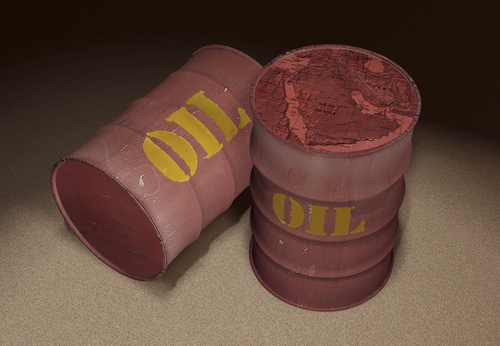 |
Since the most recent deadline for compliance with the SPCC regulation was November 10, 2011, all facilities subject to the regulation should now have a Plan in place, unless they are a new facility. New facilities must have a Plan prepared and implemented before beginning operations, unless they are a new oil production facility, which must have a Plan prepared and implemented within 6 months of beginning operations.
That said, qualified facilities must first prepare an SPCC Plan and second, implement all aspects of the Plan at the facility. In accordance with the regulation, the EPA requires the following list of items to be included in the Plan:
- A list of all oil containers, with the contents and location,
- A brief description of oil spill prevention procedures, such as how to avoid spills when fueling a vehicle,
- A brief description of measures taken to prevent spills from reaching navigable water bodies,
- A brief description of oil spill containment and cleanup procedures to be undertaken at the facility, and
- A list of emergency contacts and first responders.
- Containers must be suitable for their contents (i.e., gasoline must be stored in a container designed for flammable liquids).
- Identify local contractors or other qualified personnel to assist you in cleaning up a spill.
- Install overfill-prevention equipment, such as a high-level alarm or audible vent on all oil storage containers.
- Provide adequate secondary containment bulk storage containers. Secondary containment must be sized to hold the full capacity of the container as well as any possible rainfall. Examples include an earthen or concrete dike, a remote impoundment, or a double-walled tank.
- Provide additional general secondary containment in areas used for oil transfer to/from containers and for mobile refueling. Examples include sorbent materials, drip pans, or curbing in these transfer areas.
- Follow industry standards for visual inspection and testing of pipes and containers. Leak testing of buried pipes should be performed when they are installed or repaired.
- Maintain written records of all inspection and testing.
Simplify SPCC compliance with the NEW TRAC360 platform. In just a few minutes, see how easy it is to create compliant plans and checklists, train your team, and find answers to all your SPCC questions. Learn More.
In addition, the EPA requires the following specific spill prevention measures be included in the plan and implemented at the facility:
Although Tier I requirements are considerably simpler than Tier II, there are a few things that are prohibited for Tier I facilities that are allowed for Tier II. For example, “hybrid Plans,” plans that deviate from rule requirements and have portions certified by a PE, may not be used by Tier I facilities.
A Tier II hybrid Plan might incorporate “environmentally equivalent alternatives to specific rule provisions when the alternative measures are described and documented in the SPCC Plan” and are reviewed and certified by a PE. Or, a Tier II owner or operator might develop a contingency plan when it is determined that secondary containment is impracticable and the contingency plan is reviewed and certified by a PE.
TRAC360 for SPCC provides all of the PE-written and reviewed templates that you need to create your facility-specific required plans, checklists, and training. See how it can solve your top compliance challenges. Find out.
The EPA recommends that Tier I facilities with “site-specific factors that make it difficult to use the template as written … could opt to comply with the SPCC requirements as a Tier II qualified facility – that is, prepare a full, self-certified Plan or a hybrid Plan.”
Tier II facilities cannot use the template and must create SPCC Plans according to the requirements of 40 CFR 112.7 and Subparts B or C, but may self-certify their Plan.
